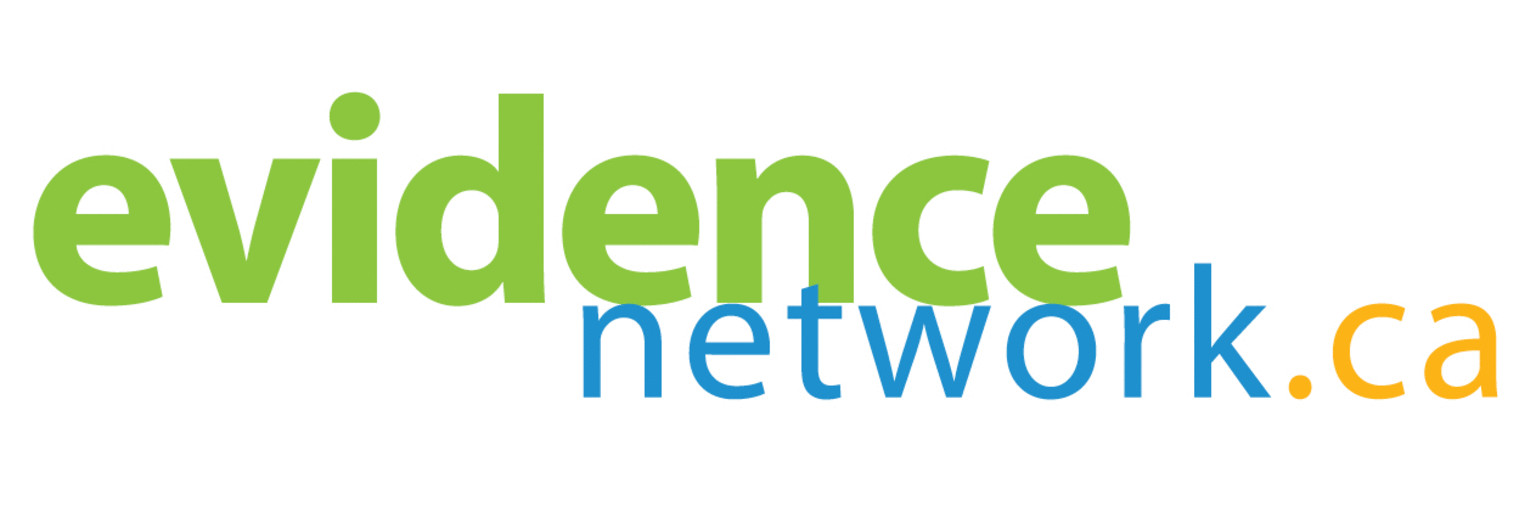
When we talk about Covid, we immediately think of hospitals, symptoms of the virus and the vaccination campaign.
Actually there are “invisible” repercussions who have no deal with all this, but with mental health.
Whether the virus has contracted or not, since the beginning of 2020 it is undeniable that a profound change has lived on an individual (but also collective) level. Neglected or unheeded problems have been sharp, sometimes resulting in pathological behavior.
This is the case of narcissism. Or more precisely of the Social Narcissism.
What is narcissism and why social networks emphasize it
In itself, narcissism, citing the Treccani encyclopedia verbatim, is the “The tendency and psychological attitude of those who make themselves, their person and their physical and intellectual qualities, the exclusive and pre -eminent center of their interest and the object of a pleased admiration, while it remains more or less indifferent to others, of which it ignores or despises the value and works”.
Within certain limits, narcissism can be considered a physiological state since the term, intended as a trait of the personality also includes a positive meaning. It indicates healthy and legitimate love for oneself that characterizes each of us. It makes us inclined to feel gratified and respected in work or in private life.
Pathological narcissism
When instead it is linked to an abnormal need for attention, affirmation and external appreciation, It can take dimensions of a narcissistic personality disorder, which significantly interferes on the life of the person and his relationships.
It can therefore be assumed the presence of a line of continuum that puts a narcissism called “healthy“This is typical of those charismatic, assertive, self -confident people, strongly determined and capable of engaging and empathic leadership. Therefore, with a very efficient personological structure in interpersonal exchanges and which uses narcissism as a tool to achieve success.
At the other pole, however, a narcissism is placed “pathological“, Characterized by a pervasive pattern of grandeur in thought and behavior. And, consequently, from a compulsive obsession towards unattainable destinations.
In these cases, in fact, the individual exaggerate their skills, fantasizing on unlimited successful scenarios (without in fact leading any of the objectives proposed). He behaves in a presumptuous and arrogant way, convinced of his personal right to receive awards and always seeking the attention and admiration of others. Regardless of the real feelings of otherstends to exploit and manipulate others to achieve their purposes, absorbed by successful and power patterns.
Malignant narcissism
In the most serious cases (the so -called “Malignant narcissism“) The most disdainive personological structure is configured. This is characterized by grandeur, lack of feelings, loss of contact with the self, distortion of reality. But also a sense of omnipotence, distrust of others, express anger and total lack of empathy, up to trespassing in cruelty and sadism.
The relationship between social networks and pathological narcissism
As pointed out by Maurizio Pompili, ordinary of psychiatry at La Sapienza (University of Rome), “i social media represent fertile ground for narcissism. This because they contribute to isolate the individual In a world that pushes even more to emphasize itself, always turning inside instead of opening up to human relationships “.
On the one hand, the fact that the social platforms are based on “likes“, Comments and shares, feeds in people the tendency to a continuous search for consent. On the other hand, the rules of physical distancing, imposed by the pandemic situation, facilitate this communicative style mediated by social media. They induce young people to privilege the “Online” relationshipsto the disadvantage of other possible channels of social interaction.
Often, in people with traits of narcissism, the lack of affective regulation capacity prevents effective and satisfying relational bonds.
The pandemic may have encouraged these personality traits in those who are at risk. Because for many it has meaning isolation and lack of comparison with others.
It has been said that the virtual world allows you to choose to be who you want and not necessarily be who you really are, emphasizing their positive characteristics and omitting negative ones. Thus conveying a non -realistic self -image, corresponding only to that identity that the subject wants to affirm.
Digital narcissism
From all this it derives that today we can speak of digital narcissisman expression through which a set of communication practices is indicated which are typical of the digitized universe. Founded on a very accentuated self -centeredness to the point of appearing, sometimes, pathological.
The sharing of personal images seems to highlight the need by users to be looked at and to receive attention. The hypothesis is very likely that in the publication of these images there is at stake the Narcissistic structure of the authorlooking for a continuous approval that confirms the image you want to give of yourself.
Protagonists the teenagers but not only
If you think that only the under 18 are more easily involved in this dynamic, you can fall into error.
Even adults, in fact, can easily feel pervaded by a sense of inadequacyin need of isolating themselves, becoming shy and, at the same time, hyperviglios to protect themselves from humiliations (real or presumed such).
Everything is fine likes And retweet It gives the brain a small dopamine discharge that some sources say to be comparable to the release of dopamine which derives from the intake of a small dose of cocaine.
In addition, social media platforms encourage self -freedom, as users generate all content in complete autonomy.
Relational disconnection
According to prof. Glen O. Gabbardone of the most authoritative contemporary psychiatrists, the main concern of the narcissistic person is to be constantly admired for its value and uniqueness, thus making it impossible for a real relational connection.
The desire for these subjects is mainly of unbridled omnipotent control over all the others. With the aim of feeling safe, behind an apparent and blinding uniqueness.
A psychological structure, this, accentuated by that compulsion to emerge present in modern digitized society. A society full of tools that allow anyone to filter their psycho-physical characteristics at will, in the name of an ideal, also aesthetic, often completely unattainable.
The opportunity to show themselves to others in the dimension of this fake reality has a particular impact on young people and their evolutionary process, in a phase of self -discovery and knowledge of what is considered “beautiful” and what is not.
The possibility of building a virtual reality in social networks appears completely functional to the narcissistic operating mode of the psyche. This is because it satisfies the need to create a bogus image of self, but in tune with an ideal of grandeur, of affirmation in various relational fields, always placing itself at the center of general attention.
How to deal with narcissism (from social and not)
Narcissist people generally, are not aware of their disorder, do not realize the discomfort that this causes on other people. Being highly self-evaluating and impulsive, they may not learn from the mistakes made in the past and therefore the people by his side perform an important guidance task in accompanying him to face the situation.
The main approach to the care of the narcissistic personality disorder is individual psychotherapy, especially the Cognitive behavioral therapy. In addition, other types of intervention can be used, such as group therapies, of group, couple.
Rely on an expert figure It is essential to face this problem and try to remedy it.
This post was originally published on this site be sure to check out more of their content








